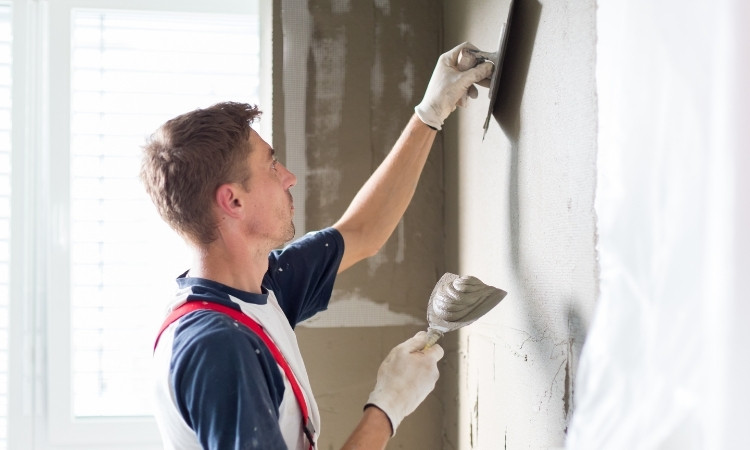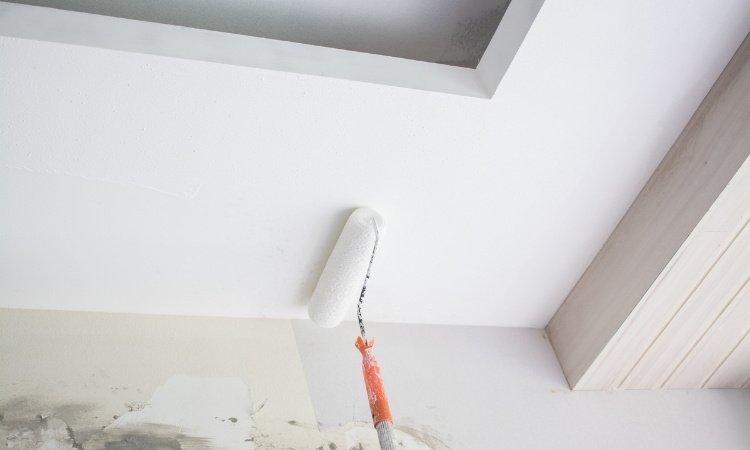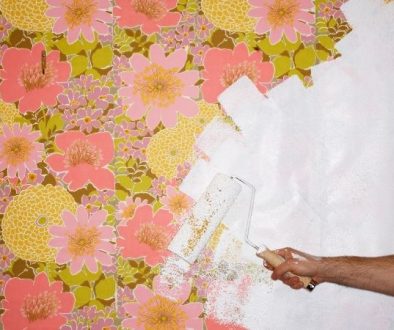Singapore residents who prefer painting their plaster walls make an excellent choice for both visual appeal and wall endurance. Most homes in Singapore feature plaster walls because they resist damage and deliver a smooth surface. Before Painting Plaster Walls, they need specific handling steps to deliver quality results that last.
You must stick to specific procedures, as both fresh and formerly painted plaster walls have unique painting requirements. This guide highlights all essential aspects of Plaster Wall Painting, such as preparation methods, painting methods, error prevention, and wall upkeep. Also, LS Painter Singapore offers the best residential painting, house painting, and commercial painting services in Singapore.
Understanding Plaster Walls
Home plaster surfaces differ substantially from drywall since their pores allow paint to absorb easily so special techniques are necessary for smooth application. Drywall painting remains simple yet plaster walls become difficult to paint because they absorb moisture making uneven finished surfaces if you skip proper preparation steps.
Proper preparation combined with appropriate materials remains the foundation for learning to paint plaster walls. Each essential step needs to be completed because skipping any step leads to peeling and uneven finishes and poor durability.
Preparation for Painting Plaster Walls
You must perform proper wall preparation before painting because it enhances paint adherence and extends its lifetime. Follow these steps for painting home plaster walls:
1. Cleaning the Surface
Any wall painting project requires clean walls that lack dust and grease as well as old paint flakes. You should use a piece of damp cloth or apply a mild detergent solution during cleaning operations. It is necessary to use an anti-mold solution on walls showing mold presence before starting the painting process.

2. Repairing Cracks and Holes
Over time plaster walls tend to create both cracks and holes across their surfaces. A plaster compound should be applied to level down surface defects. After the filler sets dry you should level it down until you achieve an entirely flat surface that will be ready for painting.
3. Applying a Primer
Plaster absorbs moisture so using a high-quality primer is mandatory for proper protection. Protector seals the surface to stop excessive moisture intake while permitting uniform paint coverage. The absence of this step will result in unsightly paint damage.
4. Checking for Moisture Issues
Plaster walls have the tendency to take in moisture, which causes problems for paint adhesion. Painting operations must wait until complete dryness is achieved on the walls. A dehumidifier should be used when needed to minimize excessive air moisture.
How to Paint Plaster Walls
Follow this guide to paint the walls perfectly after surface preparation.
1. Choose the Right Paint
Choosing the right type of paint matters when painting the plaster walls of your house. Either acrylic or latex paint creates strong wall finishes with a professional look. Use water-based paints because oil paint retains moisture, which makes plaster peel apart later.
2. Use the Right Tools
Having the right tools helps you achieve results like a professional would. For big surface areas use a roller while resorting to a superior brush for edge work and smooth spots.
3. Apply Thin Coats
Plaster walls require multiple thin drying coats instead of a single heavy coat to achieve optimal results. A thick coating will tend to run and drip during application, making the surface look poor. Layer up only when earlier coats have completely dried.
4. Allow Proper Drying Time
Plaster walls need substantially additional time to become completely dry when compared to other surfaces. Move on to the following coat when both top and bottom sides of the paint finish are completely dried. Rushing this phase lets air bubbles appear, and paint peel away from the surface.

New Plaster Walls Painting Techniques
- New plaster walls need special attention during the painting steps.
- Fresh plaster needs its entire 4 to 6 weeks for proper hardening before painting. Using paint on wet plaster materials creates poor bond quality.
- You need to apply a mist coat that blends paint with water for surface preparation before using the regular paint formula. The mist coat lets the paint attach properly to the plaster.
- Apply two or more thick paint layers on top of the mist coat to achieve maximum wall protection and polish.
Common Mistakes to Avoid in Plaster Walls Painting
- Skipping the Primer: Without a primer, the paint may not adhere properly, leading to an uneven and short-lived finish.
- Applying Excessive Paint at Once: Thick layers take longer to dry and often result in an uneven surface.
- Ignoring Surface Repairs: Small cracks and imperfections should be addressed before painting to prevent them from showing through the final coat.
- Not Checking for Moisture Issues: Painting on damp plaster can cause bubbling and peeling over time.
Best Paint Finishes for Painting Plaster Walls in Singapore
Selecting the right paint finish plays an equal role in delivering good results as picking the appropriate paint type does. Here are some popular options:
- Matte Coating: These walls absorb flaws yet call for extra upkeep because of their flat surface.
- Satin paint features a light glow with simple cleaning but a soft-textured appearance.
- Semi-Gloss Finish: Highly durable and moisture-resistant, best suited for kitchens and bathrooms.
Maintenance Tips After Painting Plaster Walls
Maintaining painted plaster walls ensures they stay looking fresh for years:
- Use a Soft Cloth for Cleaning: Hard and rough scrubbing can damage the paint, so use a damp cloth for routine cleaning.
- Perform Touch-Ups When Needed: Upon noticing chips or cracks, perform touch-up immediately to prevent further damage.
- Monitor for Moisture Damage: If you live in a humid environment, use dehumidifiers to protect the walls from excess moisture.
Conclusion
Painting your plaster walls in Singapore can help you update your home and give it a fashionable look. Painting new and old plaster walls needs correct procedures to deliver an attractive durable outcome. Planning your work well, picking quality paint and taking care of painted areas help you reach top-quality results. Households achieve lasting quality results on plaster walls when they follow correct practices.





